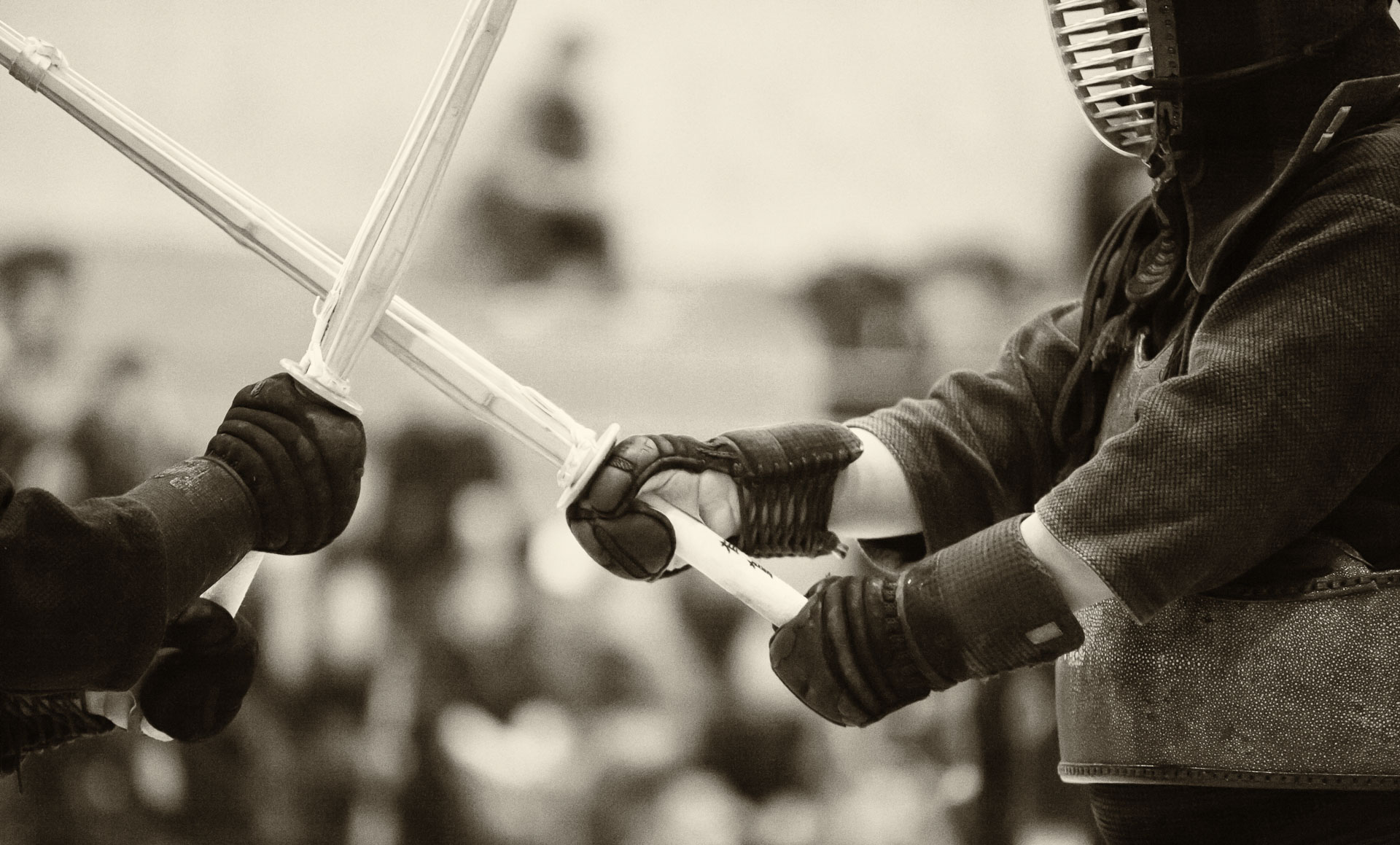
“You can’t think and hit at the same time.”
– Yogi Berra
I wonder, wouldn’t it be super-productive to apply my analytical skills to learning a physical skill? For example, I could use a fundamental studying technique like note-taking for learning kendo or violin-playing.

 However, this is obvious and easy only in principle. In reality, I find that practicing a martial art or music requires so much focus and present-moment awareness that I literally remember very little to take notes of after practice. All my energy, both physical and mental, is spent on doing the thing, not on thinking about it. In fact, I am surprised how some people can ask questions during a kendo practice. Not that that find the answers obvious (mostly, quite the opposite) or the behaviour awkward (even though the structure of a typical kendo practice is not conducive to question-and-answer sessions, we are not in Japan after all). I just don’t find that beyond the very basic level, intellectual understanding of a particular technique is helpful for making progress. It feels like practice is needed at the moment, not another explanation.
However, this is obvious and easy only in principle. In reality, I find that practicing a martial art or music requires so much focus and present-moment awareness that I literally remember very little to take notes of after practice. All my energy, both physical and mental, is spent on doing the thing, not on thinking about it. In fact, I am surprised how some people can ask questions during a kendo practice. Not that that find the answers obvious (mostly, quite the opposite) or the behaviour awkward (even though the structure of a typical kendo practice is not conducive to question-and-answer sessions, we are not in Japan after all). I just don’t find that beyond the very basic level, intellectual understanding of a particular technique is helpful for making progress. It feels like practice is needed at the moment, not another explanation.
I recently came upon a similar reflection in a book I’ve been reading, “A Man in Love ” by Karl Ove Knausgaard (which is a fantastic book, by the way – I can’t say that I enjoy any particular aspect of it, and the story is not exciting, but somehow I just know it’s a modern masterpiece, and I cannot stop reading it). There, a writer friend of the main character describes his experience of writing about and training with professional boxers: “You know, the boxers I wrote about had an incredible presence. But that meant they weren’t spectators of themselves, so they didn’t remember anything. Not a thing! Share the moment with me here and now. That was their offer.”
” by Karl Ove Knausgaard (which is a fantastic book, by the way – I can’t say that I enjoy any particular aspect of it, and the story is not exciting, but somehow I just know it’s a modern masterpiece, and I cannot stop reading it). There, a writer friend of the main character describes his experience of writing about and training with professional boxers: “You know, the boxers I wrote about had an incredible presence. But that meant they weren’t spectators of themselves, so they didn’t remember anything. Not a thing! Share the moment with me here and now. That was their offer.”
Having said all this, I think there is a way of harnessing the power of analysis. In fact, this is how progress usually happens – at the juncture of previously disjointed fields. Just look at Bruce Lee’s notebooks with all the detailed sketches and notes on the physical, psychological and philosophical aspects of his practice. I think the idea is to separate the two activities in time. Practice first, analyze later. To paraphrase Yogi Berra, you cannot think while hitting, but you can think about how you’ve just hit.
In fact, I was probably wrong, when I said that couldn’t remember anything about the last night’s practice. After all, there are established techniques for helping me remember, to improve my ability to remember:
- Verbalize the learned concep. If I learned only one thing during last practice, what is that? Assigning words to the idea captures it and gives it some substance. Now it can be studied and analyzed.
- Do this soon after practice (within the first 24 hours). Make a written note of what you learn.
- Revisit the note before the next lesson, so you can build upon what you’ve learned during the practice.
In the case of violin practice, things are even simpler – my teacher takes notes while I practice and gives them to me after the lesson.
All these suggestions sound incredibly simple and obvious. This is what we teach our students, who study math, physics and engineering.
Obvious – definitely. Simple? I find them easier said than done. But if nothing else, learning this way is a practice itself.



My daughter and I decided to make a new picture book based on the pretend-play that she does every day in the car on her way to school.
”. This is structure that has apparently been followed by many of my favourite books and movies from “Star Wars” to the “Wizard of Oz”.





































